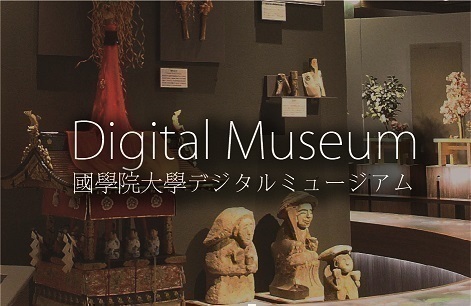- トップ
- Encyclopedia of Shinto
- Hachiman gudōkun
Encyclopedia of Shinto
| Main Menu: | |
| Links: |
詳細表示 (Complete Article)
| カテゴリー1: | 9. Texts and Sources |
|---|---|
| カテゴリー2: | Other Basic Texts |
| Title | Hachiman gudōkun |
| Text | This two-volume work, also called Hachiman gudōki, which details the miracles of the kami Hachiman, and is written in a style that even children of the time could understand. Concerning the formation of the this two volume set—kōhon (Book A) and otsubon (Book B)—there are theories that suggest these two books were originally produced as a single work but are also theories suggestion that they two volumes were produced separately. In addition, there are a number of varying explanations concerning when these books were finished, but many consider them to have been completed by the beginning of the fourteenth century. Since both books refer to Iwashimizu as "this shrine", it is thought that they were written by the shasō(shrine monk) of the temple associated with Iwashimizu Hachimangū. Book A emphasizes Hachiman's military accomplishments in overcoming the enemies of the Imperial Court: among the stories and included are the legends of Empress Jingū and Emperor Ōjin, the war of Bunei, the origin and history of Hakozakigū, the war of Kōan, the prayers for the surrender of foreign enemies performed by Eison of Saidaiji, and the war of Jyōkyū. Book B is grounded in the theory of shinbutsu shūgō (Shinto-Buddhist syncretism) and claims that Amitabha Buddha is the source (honji ) of the earthly manifestation (suijyaku) of Hachiman. This book is subdivided into fourteen chapters whose titles are derived from shinbutsu shūgō thought and which describe the miracles and blessings of Hachiman. It is thought that these books may have been written one after another for two complementary purposes: first, as an offering of thankgiving to Hachiman as a "nation-defending kami" (gokokujin) after the Imperial court's victory over the Yuan army; and second, to extol the virtue of Hachiman as Amitabha Buddha, who brings blessings to all living beings. Book A of Hachiman gudō is included in Gunshoruijū, Jingibu, Book B is included in Zoku gunshoruijyū , Jingibu, and both volumes are included in Nihon Sisō Taikei, Jisha engi (1975, Iwanami Shoten). See also Hachiman shinkō. — Kadoya Atsushi |




